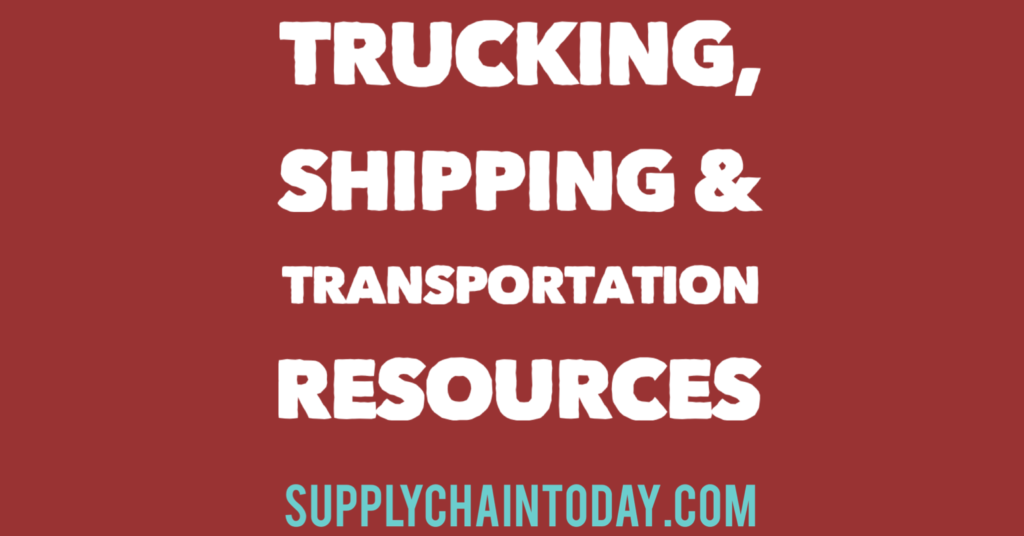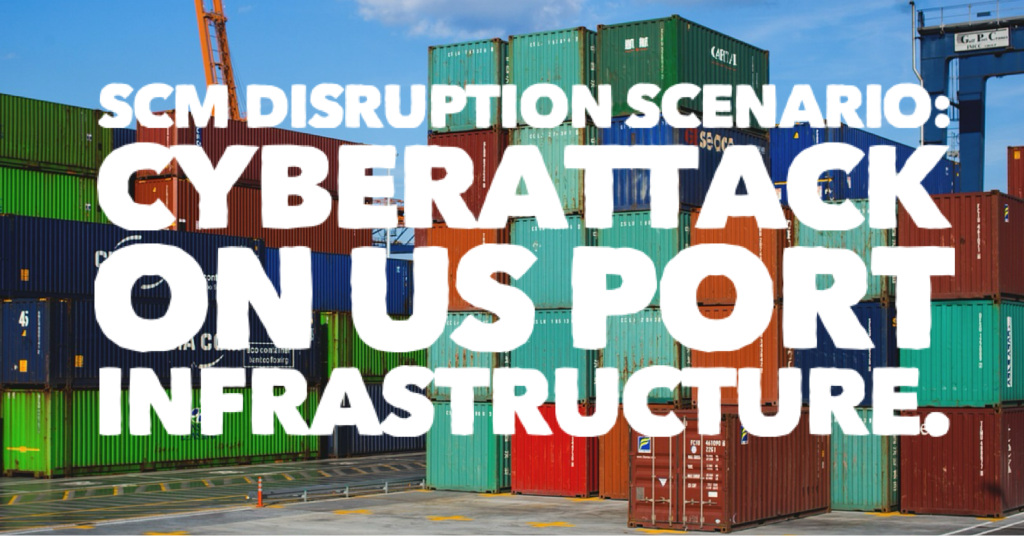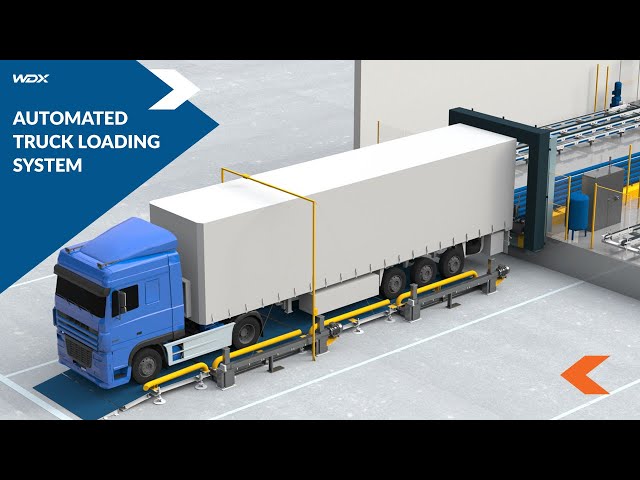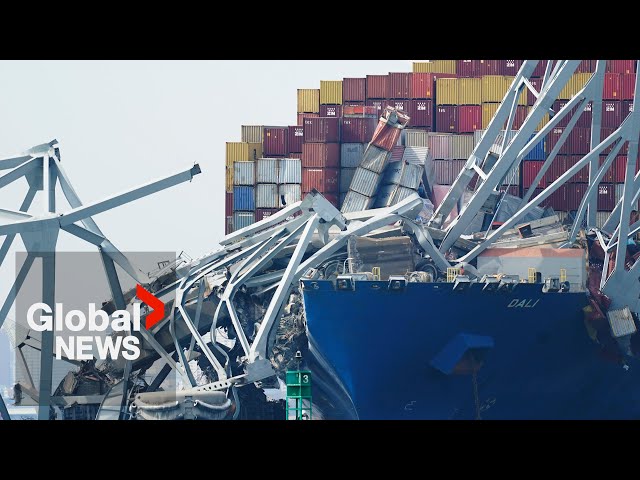What is Transportation, Logistics and Shipping.
Shipping and delivery are critical aspects of supply chain management that involve coordinating the movement of goods and materials from one location to another. Some key aspects of shipping and delivery include:
- Transportation planning: Transportation planning involves determining the most efficient and cost-effective way to transport goods and materials. This may include considering factors such as the type of goods being transported, the distance they need to travel, and the available modes of transportation.
- Route optimization: Route optimization involves determining the most efficient route for transporting goods and materials. This may involve considering factors such as distance, traffic, and delivery schedules.
- Freight management: Freight management involves coordinating the movement of goods and materials by air, land, or sea. This may include managing the loading and unloading of goods, as well as tracking the movement of goods in real-time.
- Distribution: Distribution involves getting goods and materials to the end customer. This may involve using various distribution channels, such as retail stores, e-commerce platforms, or wholesalers.
- Customer service: Customer service involves providing assistance and support to customers during the delivery process. This may include activities such as tracking orders, providing updates on delivery schedules, and handling any issues or concerns that may arise.
Overall, shipping and delivery are critical aspects of supply chain management that involve coordinating the movement of goods and materials from one location to another and ensuring that they are delivered to the end customer in a timely and cost-effective manner.
Advantages and Disadvantages
Advantages of transportation and delivery in the supply chain:
- Improved efficiency: Transportation and delivery can help improve the efficiency of the supply chain by allowing goods to be moved quickly and efficiently from one location to another and delivered directly to customers.
- Increased accessibility: Transportation and delivery can increase the accessibility of goods by making it easier for customers to receive them, regardless of their location.
- Customer convenience: Transportation and delivery can be convenient for customers, as they can receive their orders without having to go to a store or pick them up from a warehouse.
- Economic growth: Transportation and delivery can contribute to economic growth by creating jobs and generating income for workers.
Disadvantages of transportation and delivery in the supply chain:
- Cost: Transportation and delivery can be costly, especially for companies that need to ship goods over long distances or that have a large volume of shipments.
- Environmental impact: Transportation and delivery can have negative environmental impacts, such as emissions from vehicles and the generation of packaging waste.
- Delays: Transportation and delivery can be subject to delays due to factors such as weather, transportation issues, or customs delays.
- Loss or damage: There is a risk of loss or damage to goods during transportation and delivery, which can be frustrating for customers and costly for companies.
- Security risks: There is a risk of theft or other security breaches during transportation and delivery.
Cost Savings
There are several ways in which transportation and delivery can lead to cost savings:
- Economies of scale: Transportation and delivery can lead to cost savings through economies of scale, which means that the cost per unit decreases as the volume of shipments increases. This can be achieved by using specialized equipment and utilizing efficiencies in the transportation and delivery process.
- Consolidation of shipments: Consolidating shipments can lead to cost savings by allowing a company to take advantage of bulk shipping rates and by reducing the number of shipments that need to be handled.
- Use of technology: Utilizing technology, such as automated routing and scheduling systems, can help reduce transportation and delivery costs by increasing efficiency and accuracy.
- Improved contract management: Negotiating favorable terms with carriers and other logistics providers can lead to cost savings.
- Streamlining processes: Streamlining the transportation and delivery process can lead to cost savings by increasing efficiency and reducing waste.
- Use of alternative modes of transportation: Using alternative modes of transportation, such as rail or water, can lead to cost savings compared to using trucks or planes.
Transportation Learning and Training
Supply Chain Disruption Scenario: Cyberattack on US Port Infrastructure.
Automated Truck Loading and Unloading System | Q-Loader.
How Shipping Containers Control Global Trade.
Baltimore Bridge Collapse: Impact on Supply Chain Disruption.

Facebook Comments



